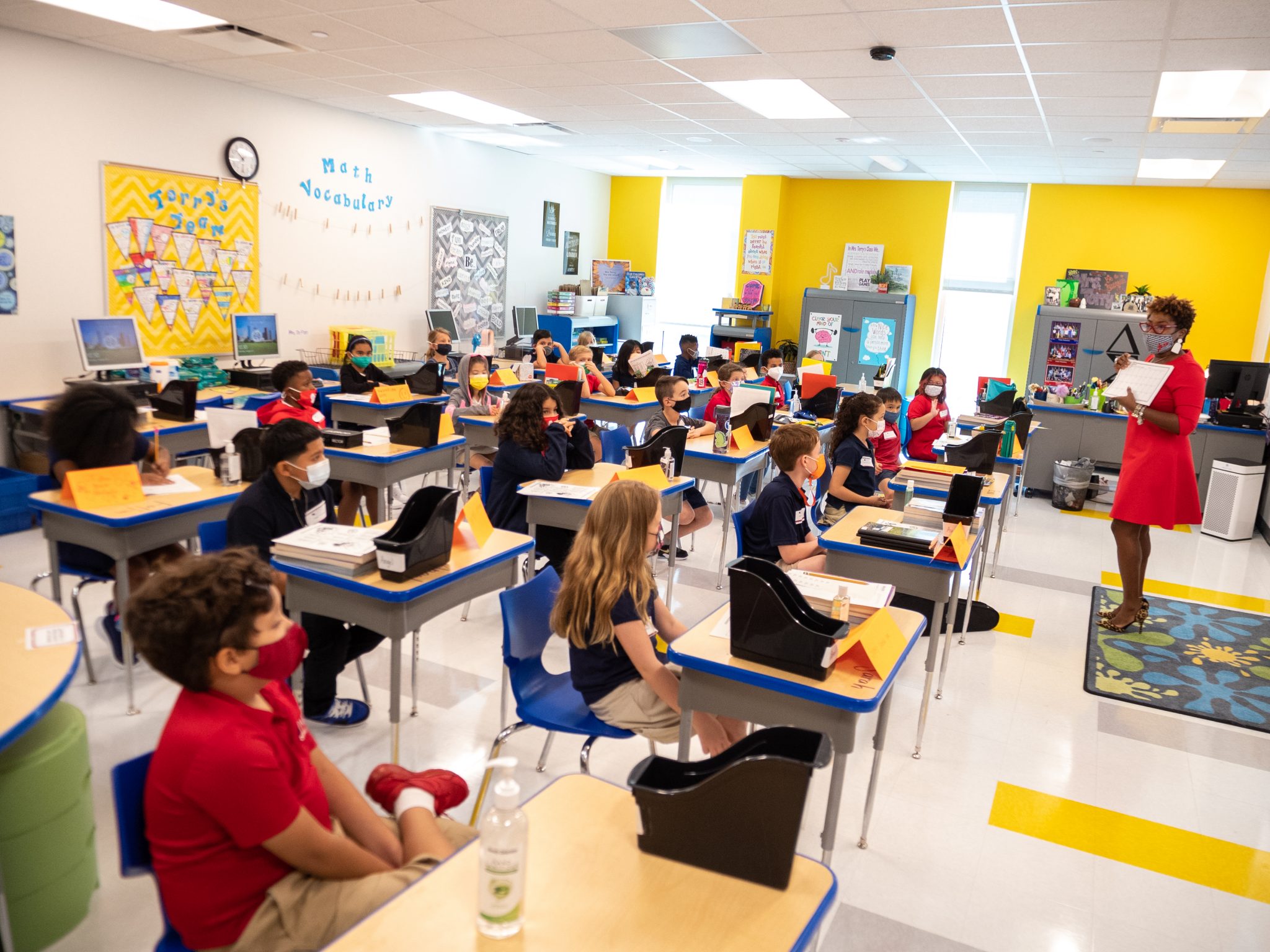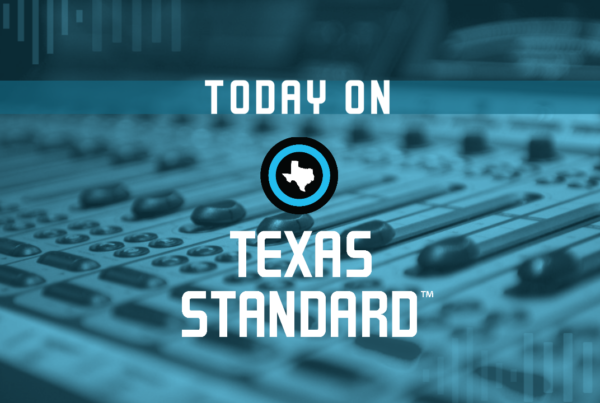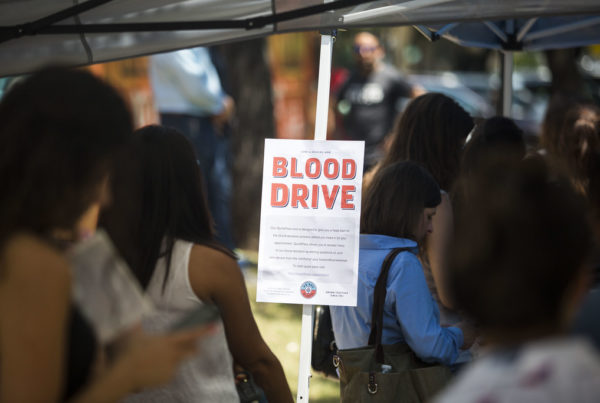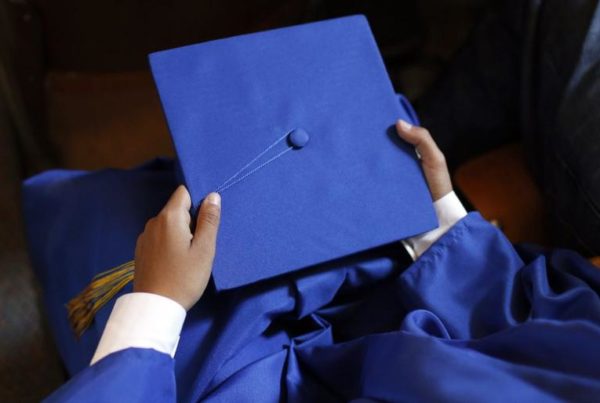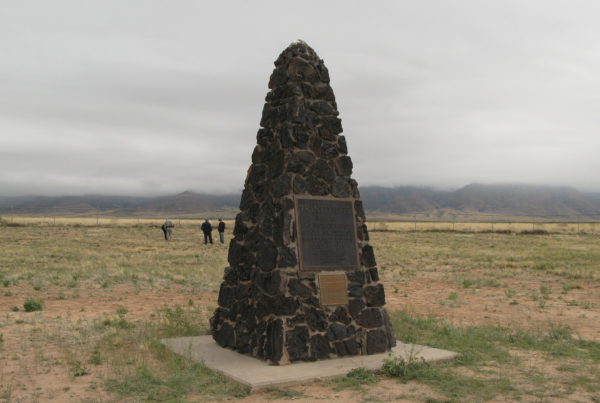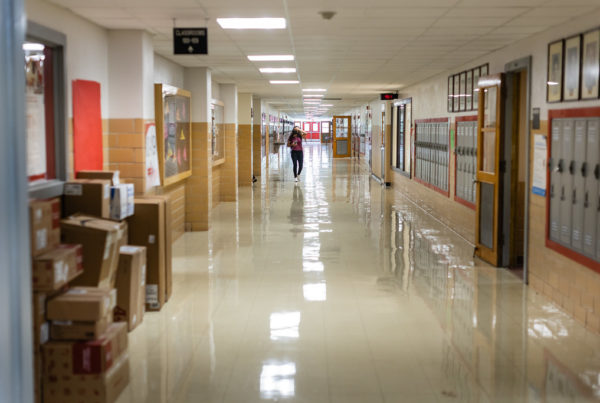With a looming national teacher shortage, many Houston-area school districts are desperate to bring in new teachers for in-person learning — turning to teacher residency programs that offer new educators the opportunity to work in a classroom setting with mentors.
As a result, many educators — like sixth grade teacher Alexandra Daniels — are finding themselves in a classroom for the first time after nearly two years of virtual learning.
Daniels teaches Social Studies at KIPP Mosaic Academy, and recently segued from teaching students virtually to in-person for the first time.
“This year, I’m on my own in a classroom and I’m teaching full time,” Daniels said.
Daniels said teaching has been a whirlwind thanks to virtual classes that lasted until October 2021.
She’s an alum of Relay Graduate School of Education, a teaching program that offered her the opportunity to work in a classroom setting with a mentor to guide her along the way to teach fulltime. However, Daniels’ mentor wasn’t physically present.
“She actually stayed virtual, so we had to Zoom her in, and she would be teaching virtually through Zoom while I was in the classroom dealing with all behavior,” Daniels said.
Serving two student populations at the same time, Daniels said she was faced with disciplining students and lack of attendance due to students testing positive for COVID-19.
KIPP, where Daniels teaches, is part of a public charter school network in Texas. But the challenges are similar in districts across the state. In the Houston Independent School District alone, just over 1,100 educators have started their profession during the pandemic.
Similar experiences are playing out in classrooms across the Houston area, where educators like kindergarten teacher Danielle Carter are seeing some students for the first time in person.
“We were teaching in a system we had never seen before,” Carter said.
Like Daniels, Carter is also part of the Relay Graduate Program. She now teaches at Hicks elementary in the Alief Independent School District after teaching virtually and in-person as a student teacher last year — a transition that came with some jitters, according to Carter.
“My students who were virtual last year are at school this year, so now I’m able to build that relationship with them,” Carter said. “Coming in as a first-year teacher — it was a little bit of a small struggle.”
For the past two years, the residency programs at Relay have been conducted remotely, with student residents navigating classroom management and education in a virtual setting.
Maya Williams-Weatherton, the Provost of Teacher Prep at Relay, said the biggest obstacle for the school was adjusting to virtual formats in order to teach students.
“We have adjusted the ways we think about student engagement, in-person activities, and what that would look like in a virtual platform ensuring that students are engaged virtually,” Williams-Weatherton said.
She added that the school helps connect teachers with resources that make lessons interactive, whether teaching in-person or online.
This increased accessibility may be a sign that hybrid teaching is becoming the new normal within the education sector, according to Alexandra Daniels.
“Because of the fact we had to make sure all our lessons were accessible for students who are both virtual and in-person, I just feel like I have this rich knowledge of different ways to make learning accessible for the students that I’m teaching,” Daniels said. “I actually think that I feel a lot more confident coming into the classroom this year because of how much pivoting had to take place.”


